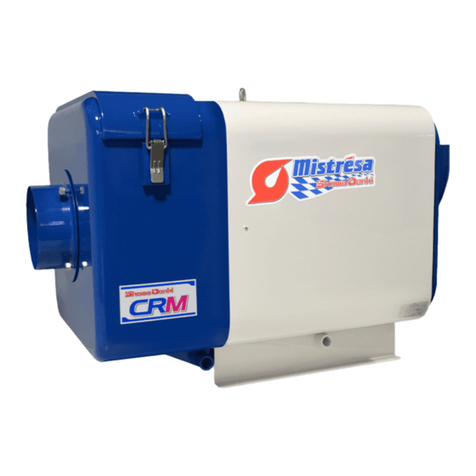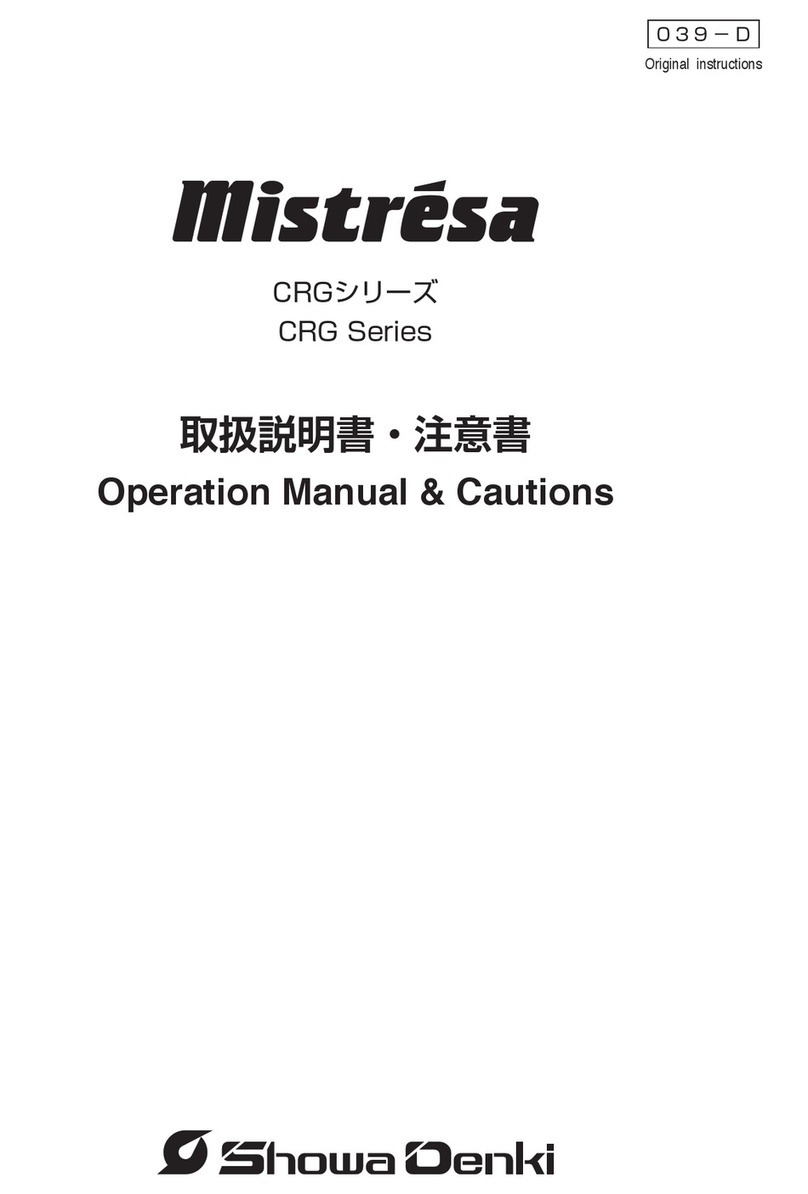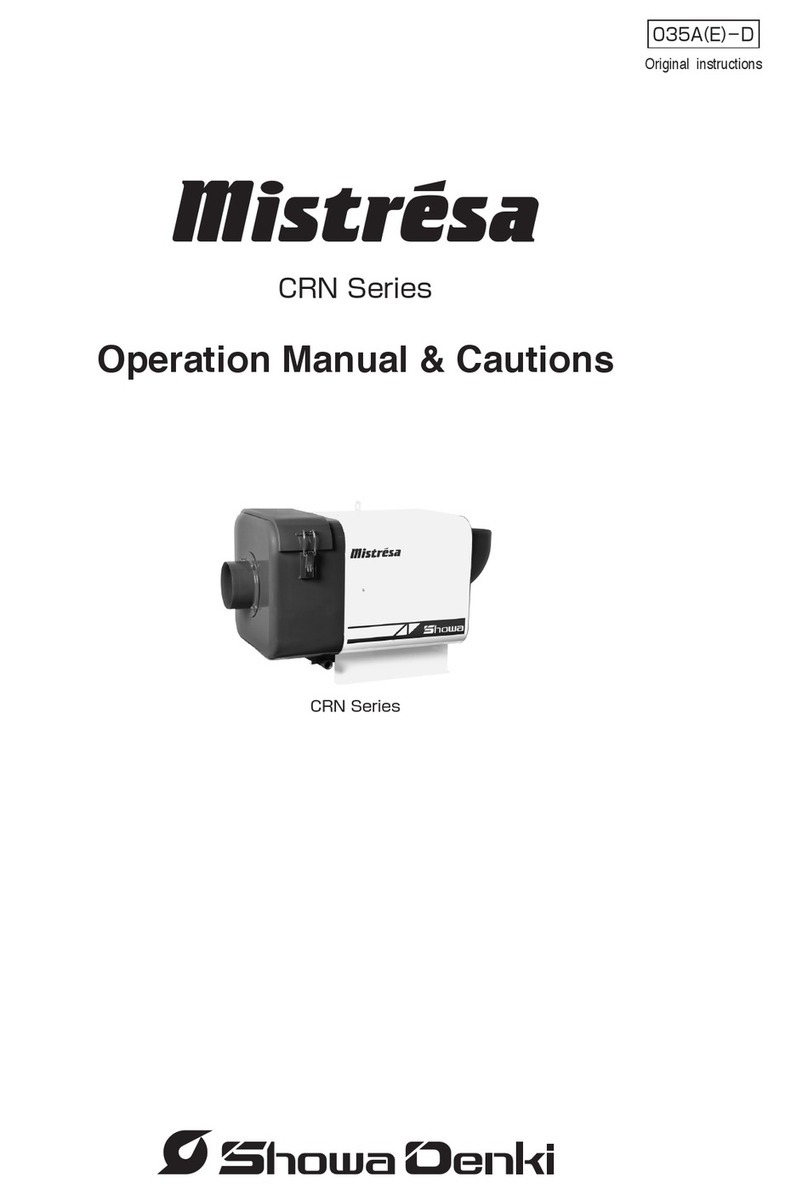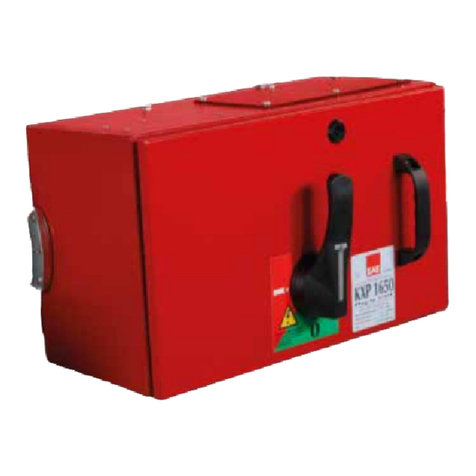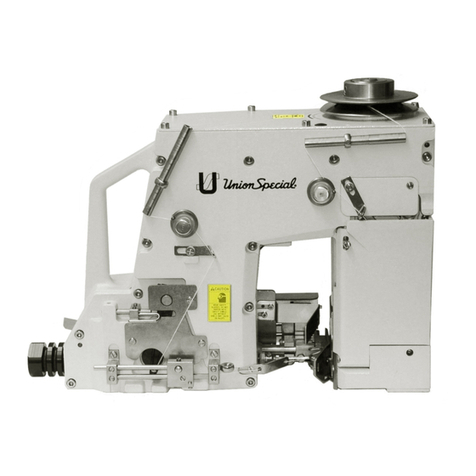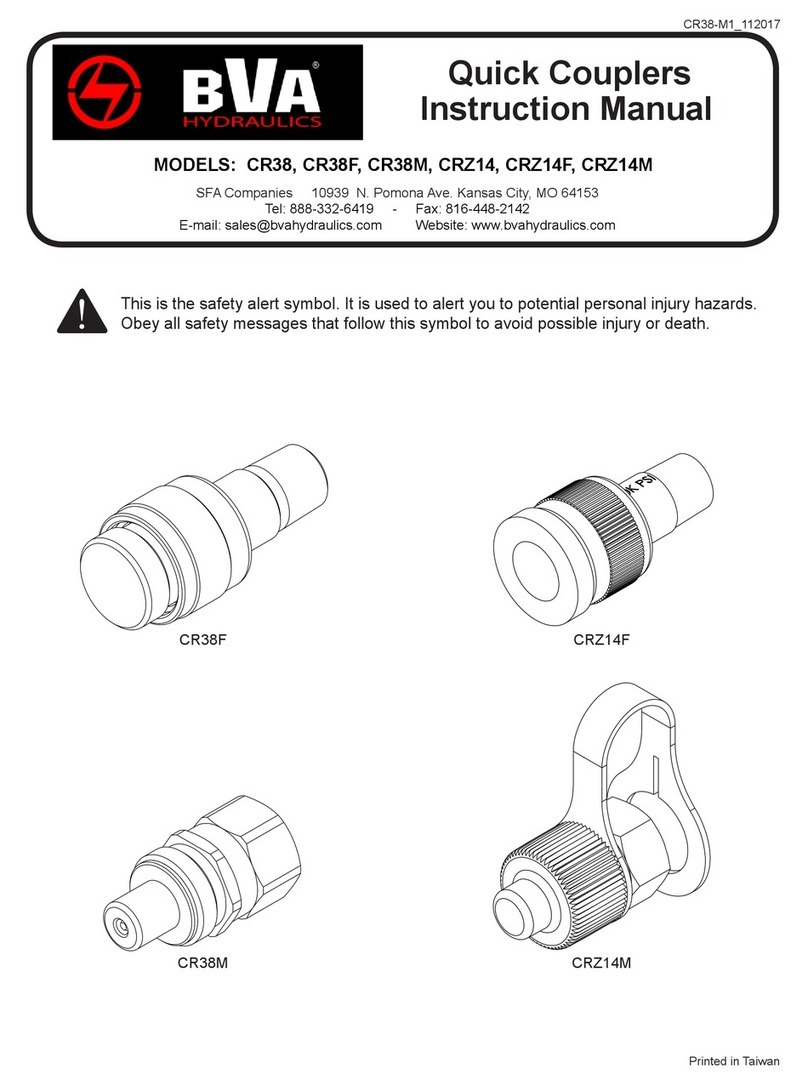Showa Denki Mistresa CRD-H Series User manual

037(E)
−
E
Operation Manual & Cautions
CRH
−
HSeries CRHSeries
CRD
−
HSeries CRNSeries

1.
2.
3.
4.
5.
6.
7.
8.
9.
10.
11.
12.
13.
14.
15.
16.
1
1
2
3
3
4
4
5
5
8
9
10
13
15
16
16
Cautionary information indications used in this manual .................
Meanings of symbol marks used in this manual .............................
Using the Mistresa in a safe manner ..............................................
Items to check at product delivery ..................................................
Internal component names and layout ...........................................
Product labels .................................................................................
Ambient temperature and intake air (suction port) temperature .....
Suction port cautions ......................................................................
Product installation .........................................................................
Piping ..............................................................................................
Operating cautions .........................................................................
Maintenance and inspections .........................................................
Clogging status indicator ................................................................
Warranty .........................................................................................
Contact information ........................................................................
Specifications .................................................................................
[Contents]
Thank you for purchasing the Mistresa from Showa Denki. This manual explains the
specifications for the [Mistresa units from CRD-H Series, CRH-H Series, CRN
Series, and CRH (High Temperature Types) Series].
Please read the operating instructions and cautionary information carefully to ensure that the
Mistresa is used in a safe and efficient manner. Special attention should be given to
cautionary information which bears the [ ] mark.
Keep this manual in a secure location
where it can be easily accessed.

−1−
All warnings and instructions
must be strictly observed.
A prohibited action
(Target is unspecified)
Failing to heed the
instructions could
result in accidents
Follow instructions
carefully
Disassembly prohibited
Electrical shock hazardElectrical ground required
1.
Cautionary information indications used in
this manual
2.
Meanings of symbol marks used in this manual
"[ ] WARNING" mark indicates cautionary information that, if not
heeded, could result in serious injury or death, and could also
pose a fire hazard.
A "[ ] CAUTION" mark indicates cautionary information that, if not
heeded, could result in injury and/or equipment damage.

−2−
WARNING Do not install in hazardous locations
3.
Using the Mistresa in a safe manner
The Mistresa does not have a pressure and explosion-proof construction.
Operating the Mistresa in areas where explosive gases, etc., are present
could result in an explosion in the event of an electric motor burnout.
(CRH-□□E Series except.)
CAUTION Cautionary notes on using the CRD-H, CRH-H,
and CRN Series Mistresa
WARNING Fire and electrical shock prevention
WARNING Maintenance and inspections prohibited
during impeller rotation
The Mistresa wiring work must be performed by a qualified electrician, and must
conform to the relevant electrical engineering standards and
internal wiring standards.
CAUTION For after installation transport
If you want to transport by installing the product on the device, please
fix firmly with as rope hanging. It may cause malfunction or damage.
Always wait at least 2 minutes after a power OFF before performing
filter replacement work or inspections (to allow the impeller's inertial
rotation to come to a complete stop).
WARNING Fire and explosion prevention
Never allow explosive gases , organic solvents , or flames to be sucked
into the suction port. (CRH-□□E series, please use in the range of 8 page
described.)
Mistresa from CRD-H, CRH-H, and CRN Series use high efficiency motors (IE3)
that are designed to have lower motor winding resistances than the standard
motors (IE1 or equivalent) so as to reduce losses. Since this design feature calls
for a higher starting current, replacing the motor of your existing Showa
Denki’s Mistresa may require to change the circuit breakers, thermal
relays, and other relevant devices.

−3−
4.
Items to check at product delivery
Although all our products are thoroughly tested and inspected prior to
shipment, the customer should nonetheless check the following items when
taking delivery of the Mistresa.
• Verify that the delivered product (model, etc.) is the same as
that which was ordered.
• Verify that the product has not been damaged or deformed,
etc., during shipment.
• Verify that all the product accessories are present.
Operation & Cautions Manual
Primary filter
(for replacements)
Drain tube 2.5m
Hose band
(for drain tube)
Anti-vibration pads
Duct companion flange
Packing
(for duct companion flange)
Bolts + nuts
(for securing the duct companion flange)
Crimp terminals
(1 spare)
Standard Accessories Type
1 copy
1 piece
—
—
4 pieces
1 piece
1 sheet
4 sets
7 sets
1 piece
1 piece
* Two duct companion flanges come with the product – one
for installing the product and the other for connecting with
the next machine. The packings (for duct companion
flanges) for CRD-H, CRH-H, and CRN Series are affixed
to the duct companion flanges.
CRD
−
H
Series CRH
−
H
Series CRN
Series CRH
Series
1 piece
1 piece
2 pieces
2 pieces 2 pieces
2 pieces
—
—
—
——
*

(1) Internal component names and layout for CRD-H Series and CRH-H
Series Mistresa
(2) Internal component names and layout for CRN Series Mistresa
Duct companion flange
Box case
Cap
Clamp
Impeller
Motor
Outer cylinder
Suction drain tube
Main body
Discharge drain tube
Side cover
Elbow
De-mister box
Box de-mister
−4−
* The CRH-H Series do not come with the clogging status indicator.
5.
Internal component names and layout
Middle demister
Top panel
Discharge duct
Motor
End filter
Back panel
Side cover (left/right)
Base
Clogging status indicator
Drain pipe
Duct companion flange
Filter frame "A"
Filter cover (left/right)
Primary filter (2 pieces)
Secondary filter (2 pieces)
Filter frame "B" Front demister
Impeller
Clamp

End filter
Motor
Side cover “B”
Clamp
Tertiary filter
Main body
Discharge drain tube
Base frame
Reducer
(3) Internal component names and layout for CRH Series Mistresa
①CRH-100T/E
②CRH-200T/E
Secondary filter
Side cover packing
Filter frame
Front de-mister
Primary filter
Primary filter
Metal net
Metal net
Filter retainer
Filter retainer
Duct companion flange
Duct companion flange
Drain tube
Tertiary filter
End filter
Motor
Side cover
Impeller
Impeller
−5−
Side cover packing
Front de-mister
Side cover “A”
Suction drain tube
Secondary filter (Rotary filter)

Collision plate
Filter case
Primary filter (2 pieces)
Space net
Cap (left and right)
Suction drain tube
Filter box
Duct companion flange
Clamp
Impeller
Secondary filter (2 pieces)
Reducer
Side cover
Main body
Discharge drain tube
Motor
End filter
−6−
③CRH-04E, 07E, 15E

−7−
6.
Product labels
(1) Product nameplate(motor nameplate)………At main body or base frame
The nameplate label contains the following information: product model,
rated voltage, rated frequency, rated current, insulation class, max. static
pressure, max. airflow rate, manufacture No., etc.
Note 1: The "ratings" are the operating limit values.
Note 2: The static pressure is the force which a gas flow applies to faces
which are parallel to that flow.
(2) Direction of air flow………Top face of main body (CRN Series)
Suction side Discharge side
(3) Ground connection………Inside the terminal box
The " " mark indicates a ground connection.
Be sure that the mark-indicated part is securely grounded.
(4) Caution label………Located on the back panel.
To prevent the back panel from falling when removing it, support the
panel with the hands while releasing the clamp.
Because the discharge port area is constructed from thin sheet metal, use
care to prevent damage (deformation) when grasping this area to carry
the unit.
(5) Caution label………Located on the filter cover.
Before using the product, be sure to remove the drop-prevention rubber
bands used to secure the clogging status indicator during shipment.
(6) Warning label………Filter case (CRH Series)
Warning label that prohibits removing the caps or covers while the
impeller is rotating
Wait for [at least 2 minutes] after turning off the power supply and
before opening the caps or the covers. The inertia keeps the impeller
rotating even after turning off the power supply. Otherwise, a [finger or
wrist] injury could result.
(7) Caution label………Side cover or top panel (CRH and CRH-H Series)
Burn hazard. Do not touch the main body during operation or
immediately after stopping operation. Burn could result.

−8−
7.
Ambient temperature and intake air (suction
port) temperature
CAUTION
Failure to observe the above temperature limits could result in
motor burn damage and component degradation. Be sure to
operate within the above temperature range.
Ambient temp.
Intake air (suction port) temp.
50°C or lower
50°C or lower
Item Type CRD-H Series,
CRN Series
50°C or lower
50°C or lower
CRH-H Series,
CRH
Series
(High Temperature Types)
NEVER allow the following items to flow into the product - Explosive
gases, organic solvent, sparks, burning cigarettes and so forth. Otherwise, an
explosion, fire or product damage could result.
Using a CRH-□□E Series product equipped with a quasi-explosion-proof
motor, however, allows Class 2 petroleum mist (such as kerosene) and Class
3 petroleum mist or higher of Class 4 hazardous substances to flow into the
product. However, make absolutely sure that the mist temperature is below
the flash point.
Since the CRH Series Mistresa use oil seals on the shafts, be sure to make
the mist flow into the product for lubrication. (See (6) in section
“Cautionary Notes on Operation” on page 14.)
* Class 3 petroleum mist having the flash point higher than 150°C may flow
into the CRD-H, CRH-H or CRN Series Mistresa provided that the
suction temperature of the mist is 50°C or lower (80°C or lower for the
CRH-H Series). Be absolutely sure to use the burnout prevention
terminals A and B (white leads) in the operation circuit so that the motor
would not experience an excessive temperature.
* Note that some mist substances may deteriorate the packings and filters.
WARNING
8.
Suction port cautions

−9−
9.
Product installation
(1) Installation environment
CAUTION
①This product must be installed indoors only.
②Do not install in an environment where explosive gases, etc., may be
present. (Excluding CRH-□□E Series Mistresa)
(2) Installation method
CAUTION
① Install in a horizontal
(level) manner to evenly
distribute the weight of the
drain pipe discharge and
the anti-vibration pads.
②When installing the product
on top of another machine,
etc., secure it with bolts to
prevent shifting due to
vibration.
③Leave a gap at the securing
bolts to allow the anti-
vibration pads to function
properly (See Fig.1).
④The liquid seal surface should
be 300mm or farther below
the drain pipe in order to
allow drain pipe discharge.
An optional floor stand
with a height of 600mm is
available (see Fig.2) (For
drain piping details, see
page 8, item (3) "Drain
tube piping").
⑤ Leave a 500mm margin of
space at all sides of the
product to permit filter
replacements, maintenance,
and inspections.
Fig.1
As viewed from "A"
2 to 3mm Double nut
Gap
Anti-vibration pad
Welded bolt
A
300m m
Fig.2
A

−10−
(3) Power supply connection
WARNING
①Be sure that the power supply conforms to the rated voltage and rated
frequency requirements.
• When using inverter controlled operation, protect the motor by
incorporating the motor burnout prevention terminals "A" and "B"
in the inverter's control circuit.
In addition, if it is inverter operation at different voltage (more
than 380V), you will need a motor insulation strengthening.
• Permissible voltage fluctuation range:
Continuous…Rated voltage within ±5%
Momentary…Rated voltage within ±10%
②Please connect the ground wire sure.
③CRH Series: The impeller rotates clockwise when viewed from the
motor. Make sure that impeller rotates in the correct
direction before starting operation.
CRD-H Series, CRH-H Series, and CRN Series
: The impeller can rotate either clockwise or
counterclockwise direction.
④The terminals A and B (with white leads) on the CRD-H, CRH-H,
and CRN Series are for motor burnout prevention. See (4) for
their connection and use.
⑤When using crimp terminals, either cover the crimp area with an
insulation tube, or use insulated type crimp terminals.
⑥In electrical installation, use a cable lock or a similar item at the
cable pull-in opening so that pulling force does not apply to the
terminals.
(4) Using the burnout prevention terminals
The CRD-H, CRH-H, and CRN Series Mistresa have a heat-sensitive
thermal protector at the motor winding. This auto reset thermal protector
operates as follows. When the motor winding temperature rises
excessively high, the relay contacts open. When the temperature comes
back down to a certain temperature, the contacts automatically close
again. Connect the thermal protector with the terminals A and B for
burnout prevention.
By connecting this terminal in series with the operating circuit of the
electromagnetic switch (with thermal relay), to prevent motor burnout.
Screw size
M3.5
Tightening torque
0.87N·m (max0.96N·m)

−11−
CAUTION
①Be sure to connect the "A" and "B" terminals to the operation circuit
in order to protect the motor.
② Use the prescribed or lower contact rating (115V AC, 18A / 230V
AC, 13A / 24V DC, 18A).
③ When the thermal relay is tripped, correct the cause, then press the
[RESET] button.
④The thermal relay may be erroneously tripped if the Mistresa is operated
in an intermittent manner. In this case, change the thermal relay.
a) Connection example for burnout prevention terminals "A" and "B"
Electromagnetic switch device (with thermal relay) Please prepare.
b) Connection example when using the optional switch with built-in
3SW thermal and a 3m cable)
Power supply
Terminal box Thermal protector
Switch
(cable 3m)
}
Power supply
When using
an electromagnetic
switch Terminal box
Thermal protector
THRMC
THRMC
ON OFF
MC

−12−
10.
Piping
(1) Duct hose material
Because the life of the duct hose will vary according to the type of mist
being sucked in, the use of an oil-resistant duct hose is recommended.
(2) Intake duct piping
①A flexible duct (optional item) should be used to facilitate easy duct
maintenance and vibration resistance.
②The duct should be somewhat longer than strictly necessary (slight
length surplus), but it must not sag when connected.
③Use the duct companion flange (accessory item) to facilitate easy
connection.
④ Positioning the intake port too close
to the mist generation source could
result in large amounts of mist,
cutting chips, and dust to be sucked
in, causing blow leakage and
accelerated clogging of the filters and
demister. Either provide an adequate
distance (approx. 500mm) between
the mist generation source and the
intake port, or install an impact plate
to prevent clogging from sucked-in
mist, cutting chips, and dust.
OK example
NG example
OK
NG
OK
Mist generation source
Mist generation source
Mist generation source
Sagging (drain will accumulate here)
Approx. 500mm
Workpiece
Impact plate
Cutting tool

Liquid seal
Connect
Suction drain Discharge drain
Open to
atmosphere
300mm
300mm
−13−
○×
○
300mm
300mm
Liquid seal
CRD-H Series
CRH-H Series
CRN Series
CRH Series
(3) Drain tube piping
Install the suction drawing tube only for the CRD-H Series and CRH-H
Series Mistresa. Install both the suction and discharge drain tubes for the
CRN and CRH Series.
①Be sure to [liquid seal]
the suction drain tube.
Otherwise, the suction
drain tube sucks air
through its end, causing
the drain to flow back
but not drain. This in
turn could lead to
premature clogging of
the next step filter.
② Do not connect the
suction drain tube with
the discharge drain tube.
③ Make sure that the
discharge drain tube is
[open
to
atmosphere].
Otherwise, it does not
drain well, possibly
causing the drain to
remain inside the main
body.
④ Use a plug or a similar
element to close the
drain tube that is not
connected to the drain
system.

−14−
11.
Operating cautions
(1) In order to prevent fires, never allow explosive gases, organic solvents,
sparks, or burning cigarettes to be sucked into the suction port.
(2) The optional chip separator should be used when operating the Mistresa
in environments where large amounts of chips, dust, and high-concentration
mist are present.
(3) In environments where large amounts of oily mist (non-water-soluble)
are being sucked in, or where the sucked in mist particulate is small, etc.,
either the optional general-purpose after-filter or the
high-performance after-filter should be used to compensate for
changes in the collection efficiency due to these operating conditions,
and to prevent blow leakage and re-dispersion. Additional optional parts
are required to install the after-filter.
(4) The optional high-performance after-filter should be used when
operating the Mistresa in environments with small particulate matter
such as oily smoke, etc., and where the mist particulate is small and
present in high concentrations. Moreover, the optional inner-filter should
also be used to increase the after-filter life.
(5) For the CRD-H Series, CRH-H Series and CRN Series Mistresa, use
care so as not to let the filter (de-mister) clogged to choke itself up (a
state where no air flows). Otherwise, since the air flow cools the
integrated air-cooled motor, choking up causes the motor not to cool
down sufficiently, possibly leading to burnout. It does not apply,
however, to the motors of the CRH (high temperature types) as they sit
outside the units.
(6) Make sure that the CRH (high temperature types) Series Mistresa draws
mist. Otherwise, since the lack of mist (fluid) causes insufficient
lubrication and poor cooling at the contacts between the oil seal and
shaft, the resulting heat buildup leads to a shorter service life and
premature leak. However, this does not apply to the CRD-H, CRH-H
Series, or CRN Series as each of them employs a V ring that can operate
in a dry condition.
(7) If a CRH (high temperature types) or a CRH-H Series has to draw in
water mist that does not contain a corrosion preventive, be sure to
operate it at no load for a few minutes to dry the inner structure to
prevent corrosion.

* CRH-100T/E: Primary filter 1 piece, secondary filter 4 pieces, tertiary filter one piece
CRH-200T/E: Primary filter 1 piece, secondary filter 5 pieces, tertiary filter one piece
CRH-04E, 07E and 15E: Primary filter 2 pieces, secondary filter 2 pieces, tertiary filter none
CRH-100T/E: The end filter is made of stainless steel.
−15−
Primary filter
Secondary filter
Front demister
Middle demister
End filter
Polyester
Polyester
Aluminum
Aluminum
Polyester
1 to 6 months
1 to 6 months
1 to 6 months
6 to 12 months
6 to 12 months
YES
YES
YES
YES
NO
Present
Absent
Absent
Absent
Absent
2
2
1
1
1
Part Name
Material
Inspection/Replacement
Schedule
Washable
YES/NO Status
Quantity Spare Part
Primary filter
Secondary filter
Tertiary filter
End filter
Polyester
Polyester
Polyester
Polyurethane
1 to 6 months
1 to 6 months
6 to 12 months
6 to 12 months
YES
YES
YES
YES
Present
Absent
Absent
Absent
*
*
*
1
Part Name
Material
Inspection/Replacement
Schedule
Washable
YES/NO Status
Quantity Spare Part
Box de-mister Aluminum 12 to 24 months
YES Absent1
Part Name
Material
Inspection/Replacement
Schedule
Washable
YES/NO Status
Quantity Spare Part
12.
Maintenance and inspections
(1) Periodic inspections
An inspection should be performed every 3 months to check for
abnormal vibration and sounds. The insulation condition should be
checked once per year.
(2) Filter and demister inspection/replacement schedule
①CRD-H Series, CRH-H Series
②CRN Series
③CRH (High Temperature Types) Series
CAUTION
To prevent injuries, always wear rubber gloves, etc., when inspecting
the filters and demisters.

−16−
(3) Filter replacement procedure
Be sure to verify that the power switch is OFF before beginning the
filter replacement procedure. During the replacement procedure, place a
placard on the power switch which says "Maintenance In Progress.
Do not turn the power switch ON".
①CRD-H Series, CRH-H Series
Primary and secondary filter replacement
(These filters can be reused after being washed)
Release the clamps and open
the filter cover.
1
Use care to avoid contact with
the clogging status indicator and
terminal box when opening the
cover.
2
【CAUTION】
Remove the filter by sliding the
filter box out.
3
If cutting chips and dust have
accumulated in the dust case,
remove the dust case and
discard its contents.
4
Push filter frame "B" upward,
then pull it forward ( ) and
detach it ( ).
5
1
2
1
2

−17−
To install the filter box, insert it in
the posture shown above.
Remove the primary filter (the
thin one) first, then remove the
secondary filter (the thick one).
*When reinstalling, install the secondary
filter first, then the primary filter.
Install the primary filter (2 sheets)
and the secondary filter (2 sheets)
one sheet at a time, with their
"Genuine Mistresa Part" stamp on
the downstream (downwind) side.
(Installing both sheets at once
could cause positional deviations.)
6 7
End-filter replacement
Release the discharge-side clamp
and remove the back panel to
reveal the end-filter.
【CAUTION】
To prevent the back panel from
falling when removing it, support
the panel with the hands while
releasing the clamp.
8
Extract the end-filter.
9
* Install the end-filter with the
joint in the upper diagonal
posture shown above.
Joint

To put the cap back, put the cap
guide into the guide slot.
Otherwise, improper installation
of the cap could lead to oil leak.
Drain line inspection
Unclamp the box de-mister.
Remove the cap. Lift the box de-mister upwards to
take it out.
To inspect the drain line, unclamp
the box de-mister. Lift the box
de-mister upwards to take it out.
−18−
②CRN Series
Box de-mister inspection
(Reusable after washing)
【CAUTION】
1 2
3 4
This manual suits for next models
35
Table of contents
Other Showa Denki Industrial Equipment manuals
Popular Industrial Equipment manuals by other brands
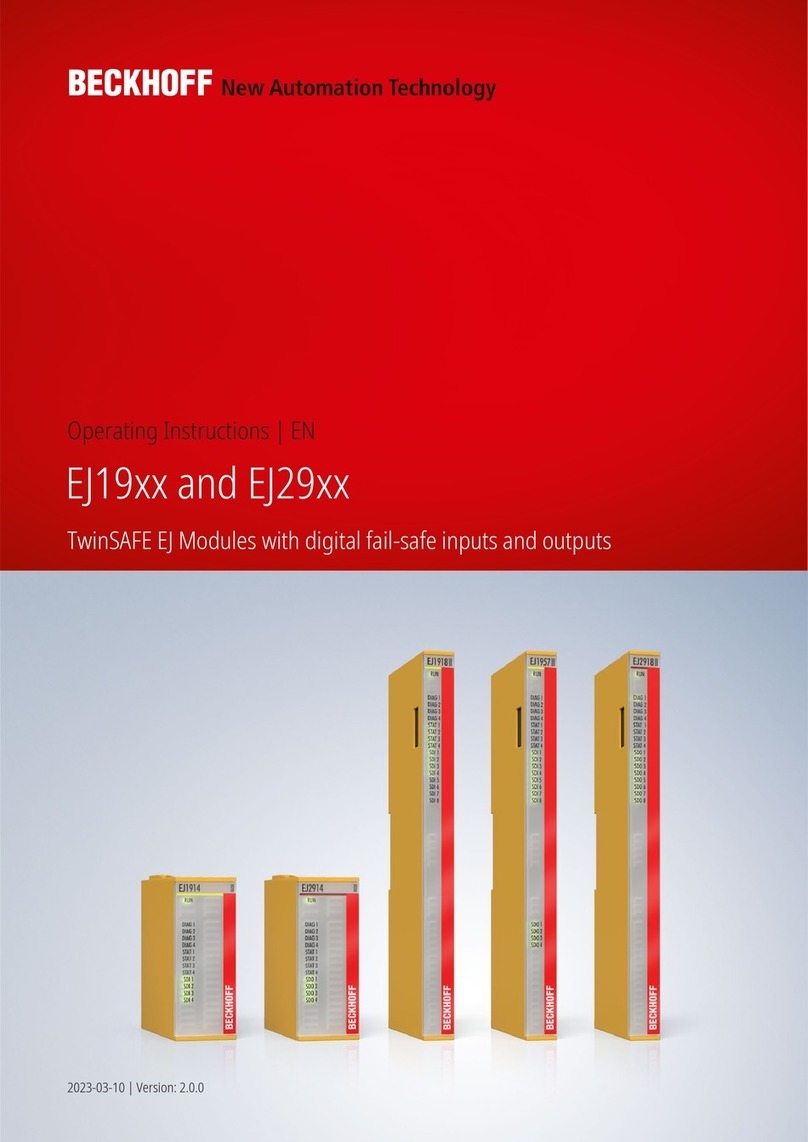
Beckhoff
Beckhoff TwinSAFE EJ19 Series operating instructions
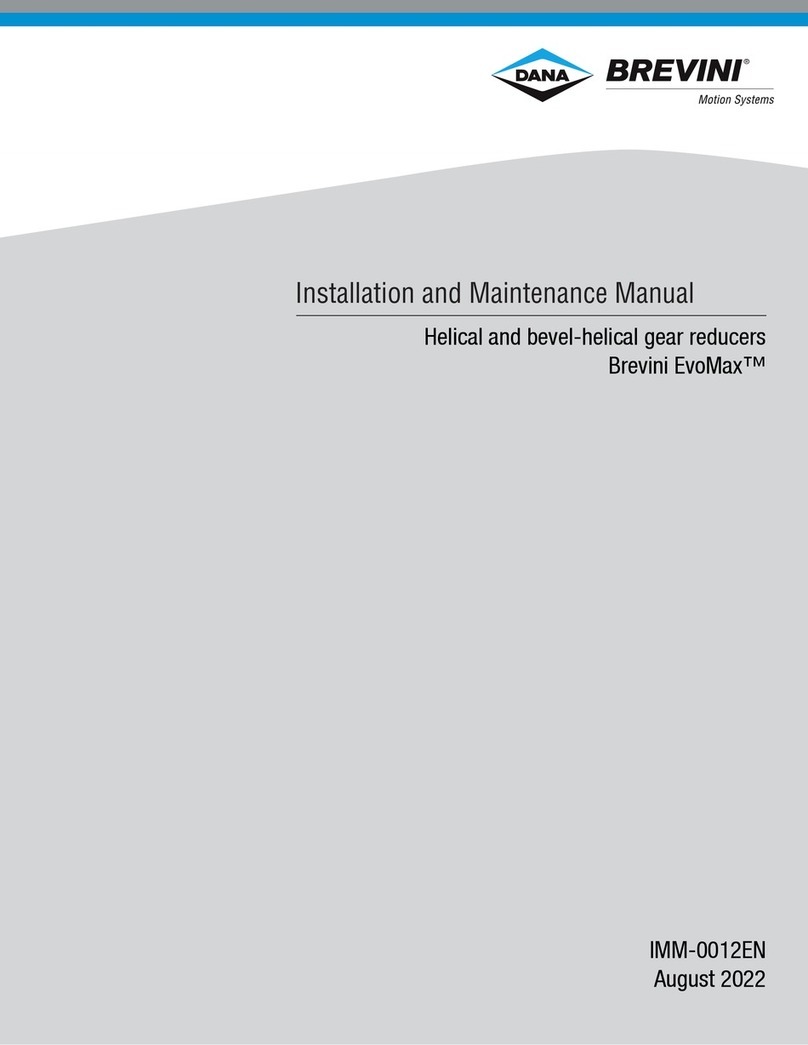
DANA
DANA BREVINI EvoMax Installation and maintenance manual
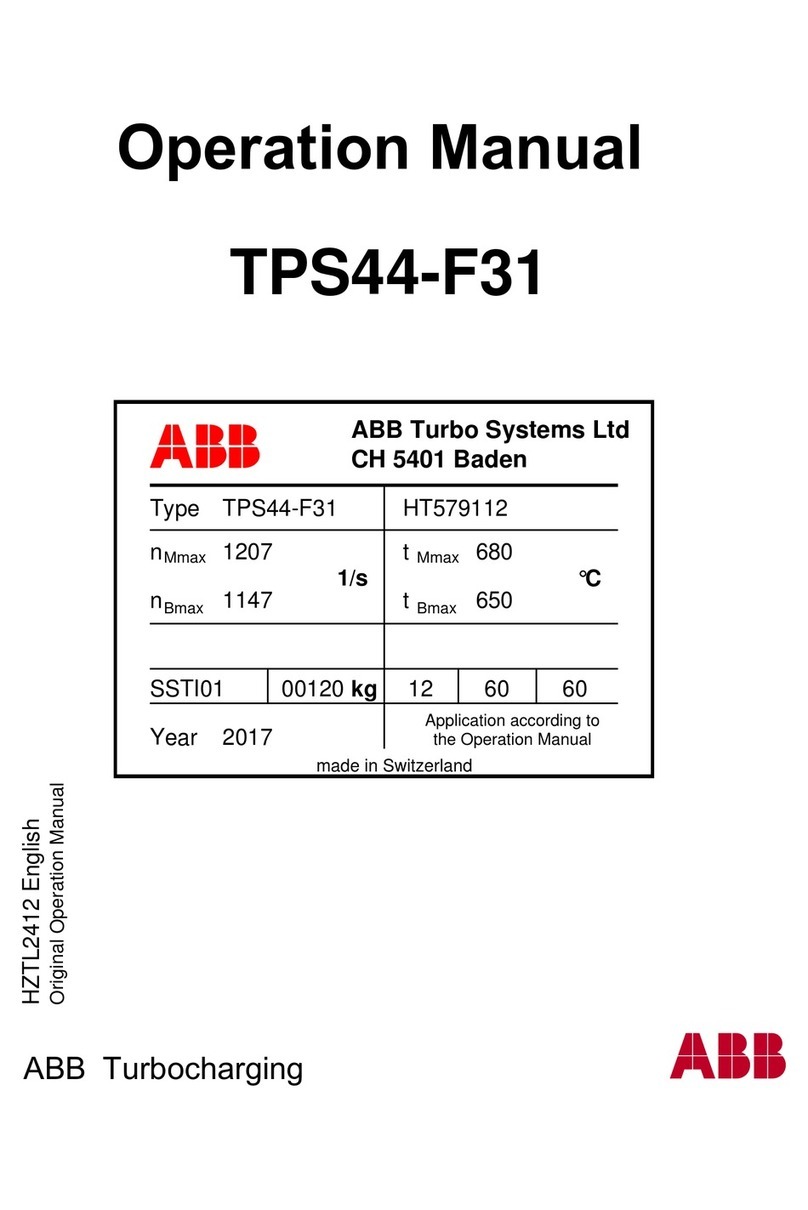
ABB
ABB HT579112 Operation manual
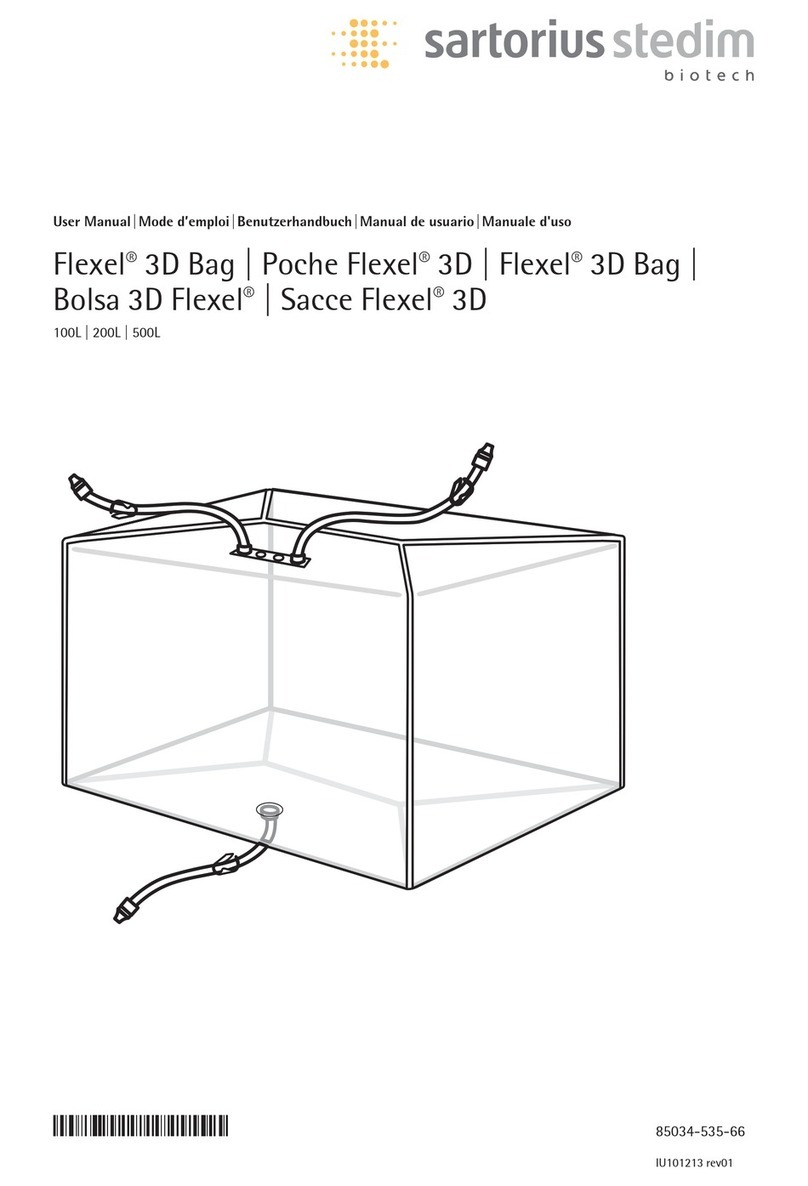
Sartorius Stedim Biotech
Sartorius Stedim Biotech Flexel 3D Bag user manual
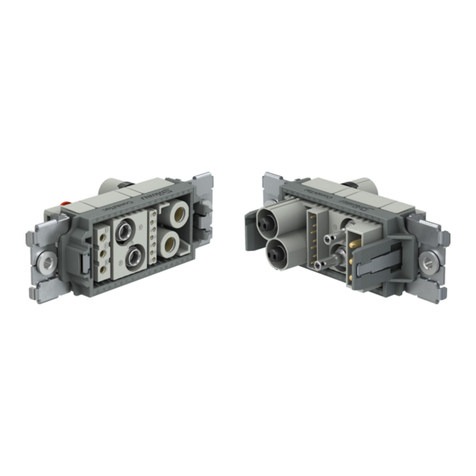
Staubli
Staubli MA417 Assembly instructions

OP
OP BC 800/W ES SP Use and maintenance manual

Dodge
Dodge Tigear-2 instruction manual
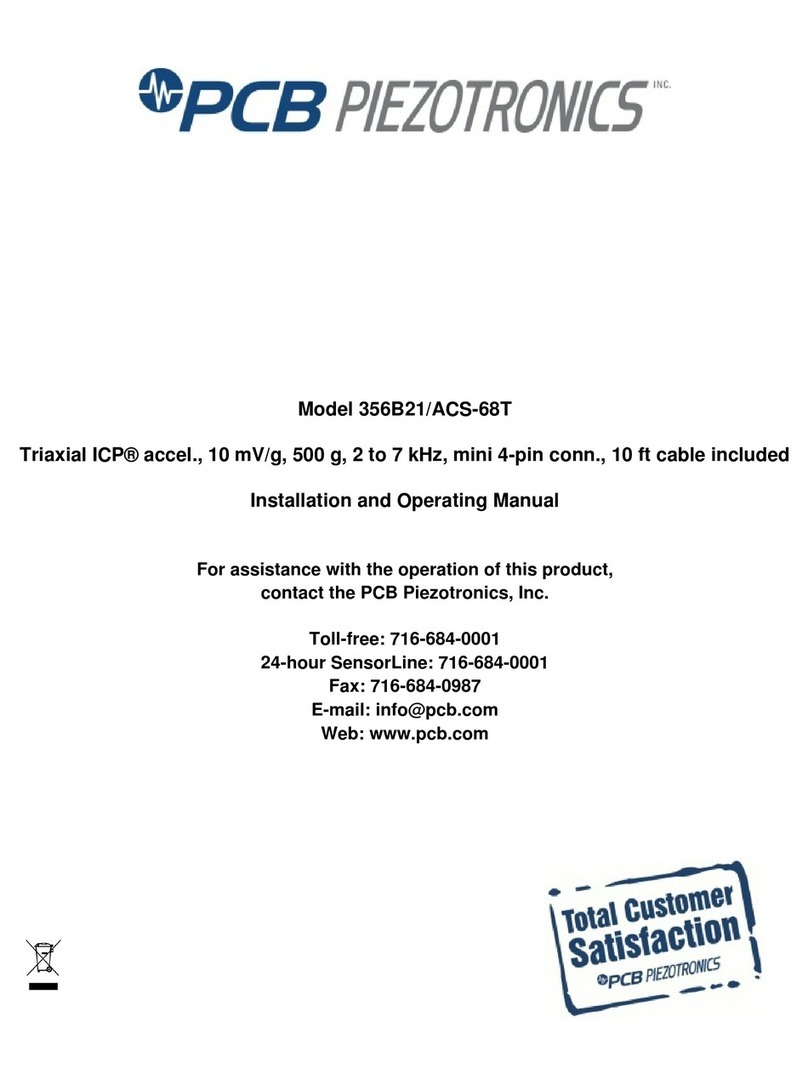
PCB Piezotronics
PCB Piezotronics 356B21/ACS-68T Installation and operating manual

Trumpf
Trumpf F 300-2 Plus Operator's manual
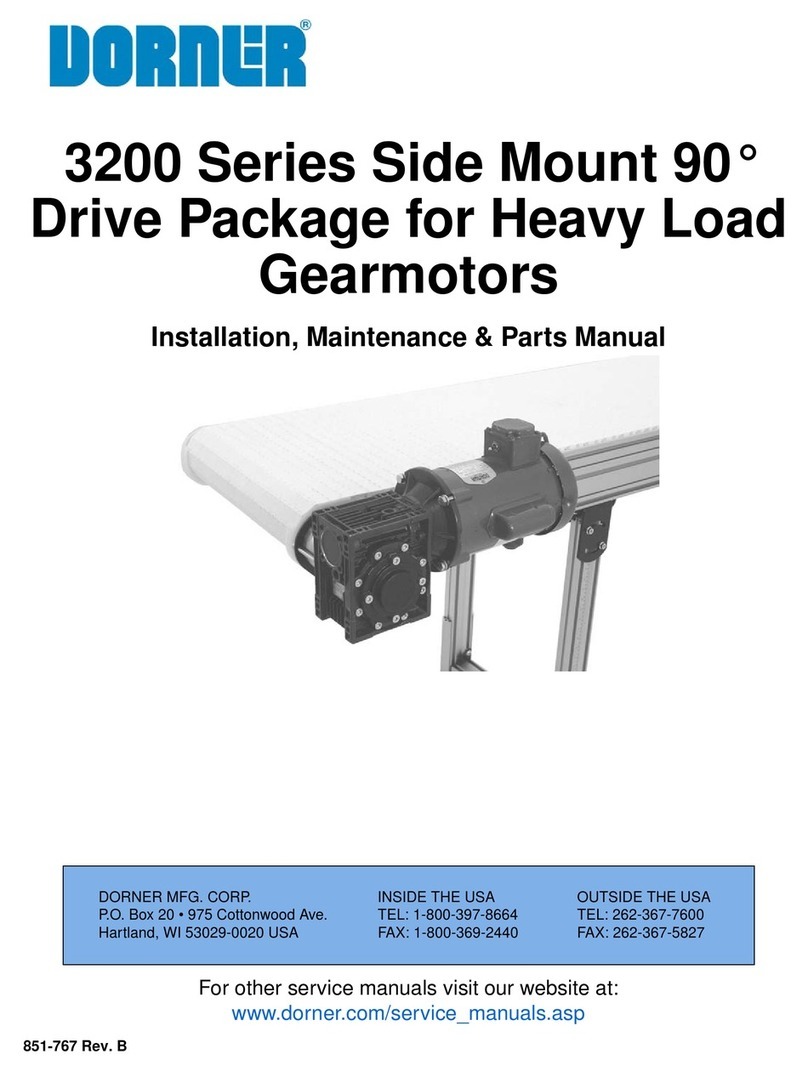
Dorner
Dorner 3200 Series Installation, maintenance & parts manual
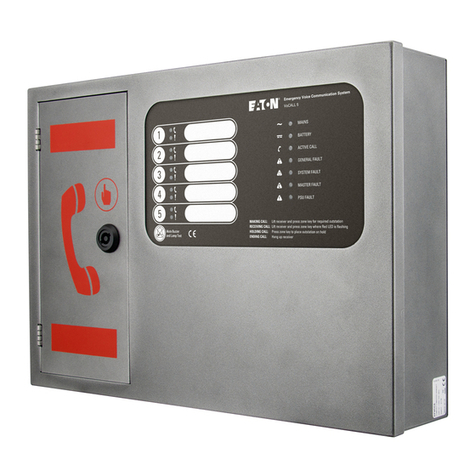
Eaton
Eaton VoCALL 5 quick start guide

IFM Electronic
IFM Electronic AL1100 operating instructions
